When selecting a ground fixed support system, many components must be taken into account. Of them all, one element stands out to be of great importance-the foundation type. Depending on the composition of the soil, there are four main categories of basis: fine sandy grounds, clay-based terrains, saturated silt surfaces, and solid rocky terrains.
Building and landscaping projects find the most favor in sandy terrain due to its ease of manipulation and relatively low demand for support. Meanwhile, clayey topography offers added challenges, requiring a higher level of reinforcement. An intermediate option is silt, which falls in between the two on a spectrum of effort to manage. The furthest end of the spectrum is rocky land – requiring the most extensive support to accomplish projects.
The local weather also comes into play when examining which type of support system is best for you. If the locality is prone to adequate levels of rainfall, then one might require a different setup than in regions with extreme drought.
Once you come to grips with the kind of soil and atmosphere of the region, you can begin to slowly narrow your possible selection. There is a wide array of ground support systems but, of course, some are more practical than others.
When seeking stability in soil, helical piers are a viable option. Crafted from steel and designed to be twisted into the ground, these piers can withstand demanding conditions in sand and clay.
Steel plate anchors are an oft-selected subsurface support system. Bolt fastenings secure the plates into the earth, making them an optimal selection for sandy or boulder-rich environments.
Prior to purchasing a ground support unit, you must initially identify the suitable variety for your specific needs. After selecting the correct option, you can start scouring various brands and models available on the market. Exploring all of the possibilities is crucial to ensure that you acquires a product meets your expectations.
To ensure you get the appropriate ground support system for your requirements, turn to an expert. They’ll assist you in deciding on the optimal equipment for your exclusive context.
Post time: 2023-06-20
Related Product

Solar panel
PV Kits for fields, flat and pitched roofs The kit using photovoltaic support system is critical to photovoltaic support, including wind calculation speed, order picking speed and […]
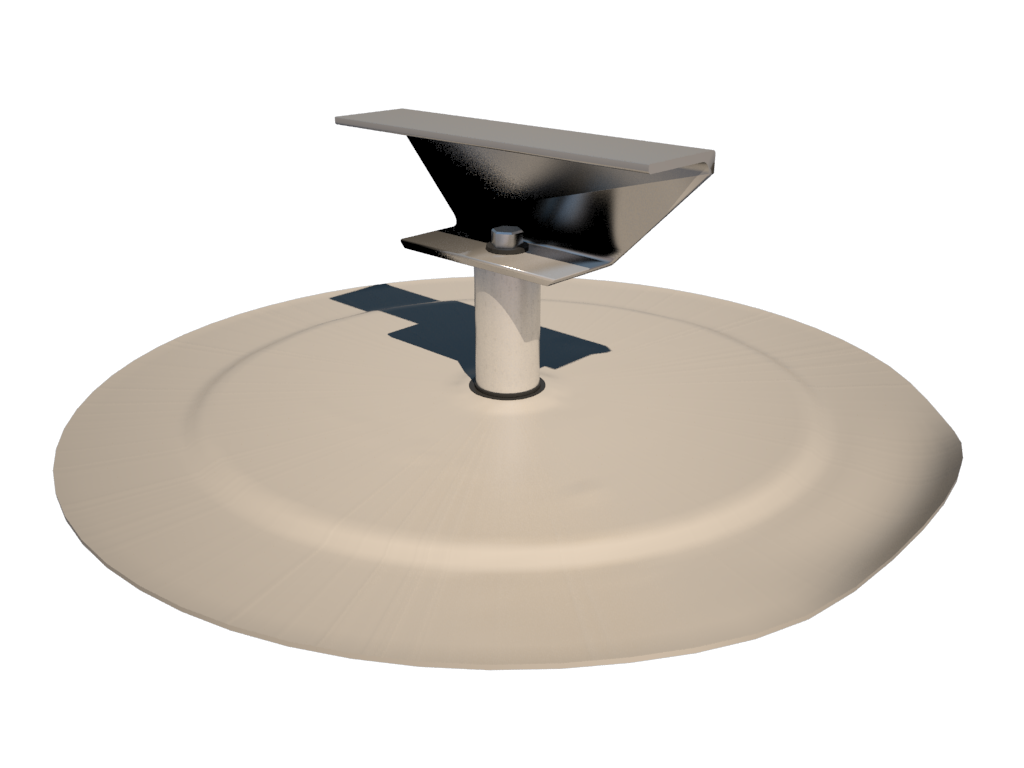
PV bridge support
Features of PV bridge support products: Strong resistance to negative wind pressure, good stability, strong bearing capacity and strong lateral tensile capacity; Easy and fast ins […]
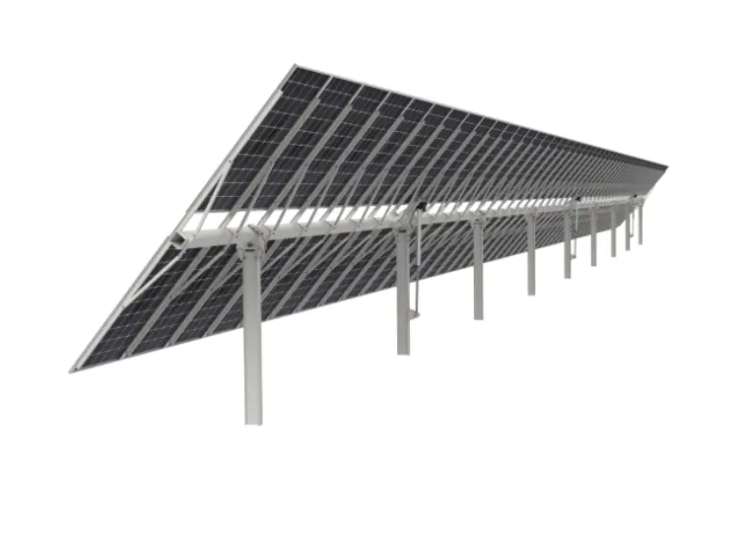
PV bracket tracking system
Ground tracking photovoltaic support Fully adapt to 210 major components The product has been tested in CPP wind tunnel Use AI algorithm to optimize tracking mode Irregular land is […]
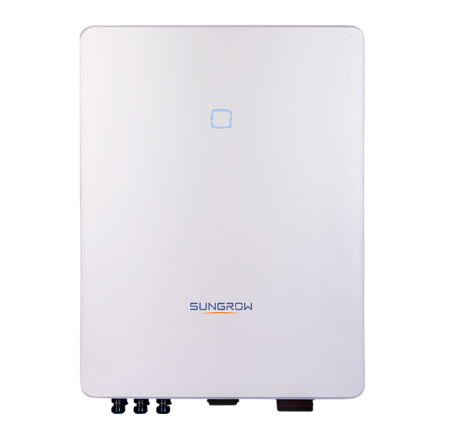
PV inverter
PV inverter (PV inverter or solar inverter) can convert variable DC voltage generated by photovoltaic (PV) solar panel into AC inverter of mains frequency, which can be fed back to […]
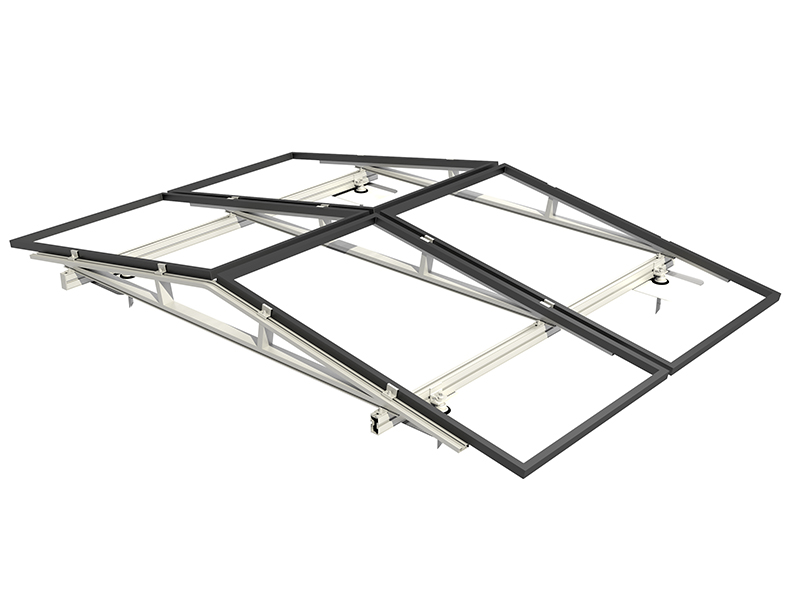
Inclined roof photovoltaic support
V support system for inclined roof The inclined roof installation system is suitable for all kinds of inclined roofs. According to the roof bearing capacity and waterproof requirem […]
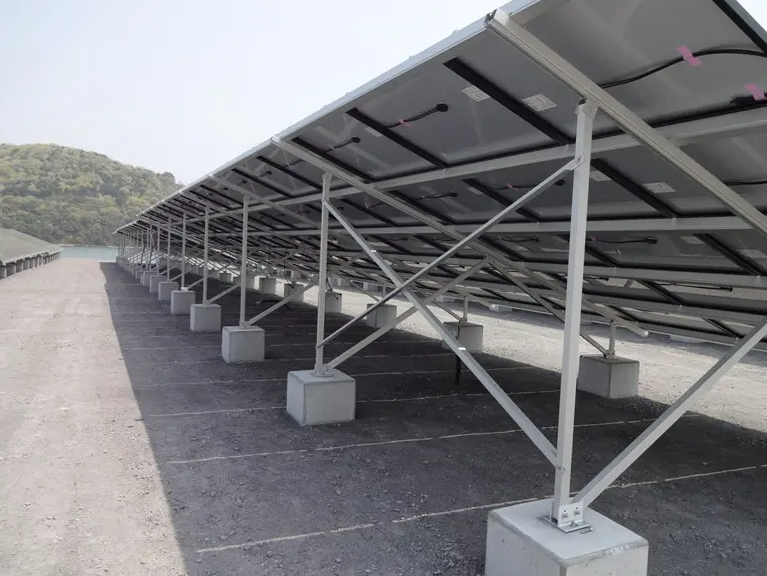
GROUND MOUNT PV Support
Placement position Ground Applicable component type Framed or frameless solar panels of various sizes Raw materials of support aluminium alloy Installation angle According t […]
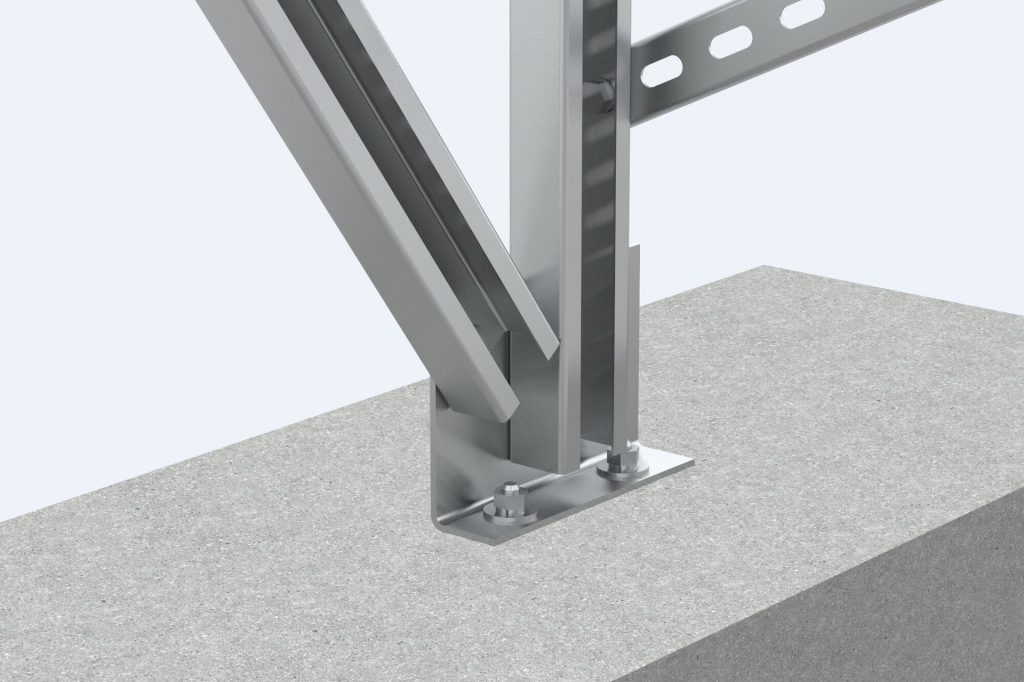
Flat roof photovoltaic support
Flat roof photovoltaic support Analysis of installation and construction problems of flat roof photovoltaic power station The external roof system on the roo […]
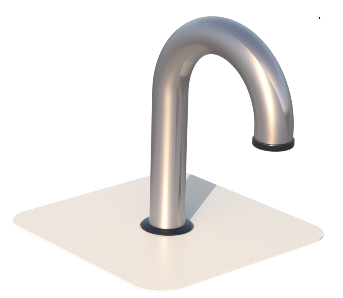
PV support KITS
What is Cable conduit? A metal protective tube with certain mechanical strength laid on the outer layer of the cable to prevent the cable from being damaged Cable threading […]
